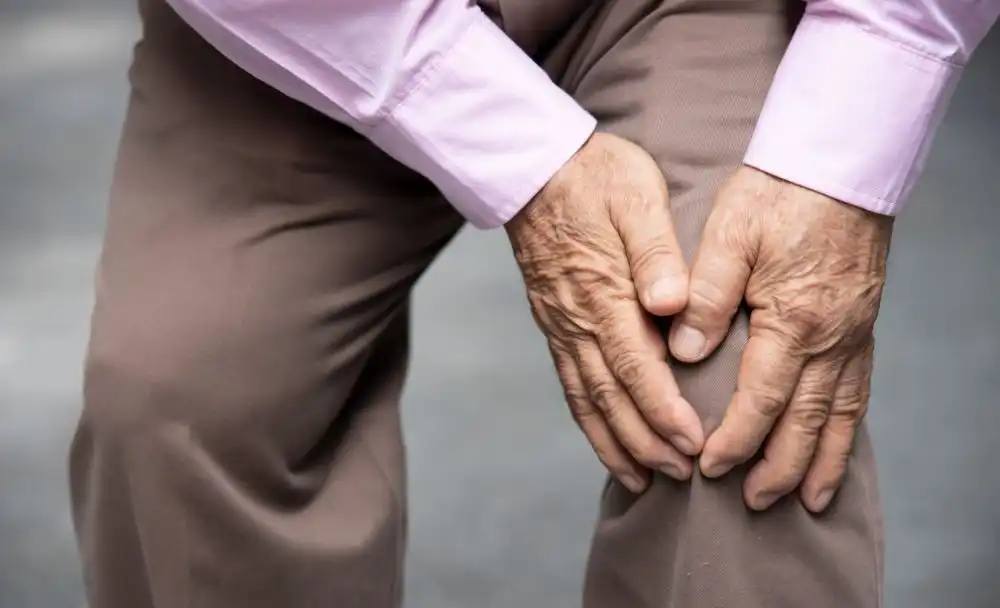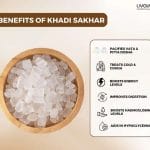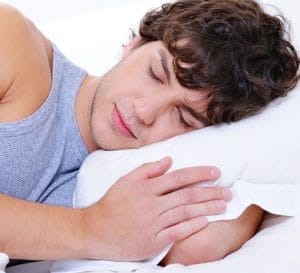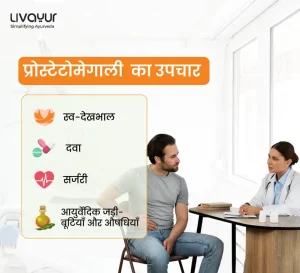This article is reviewed by Dr. Harimohan Chandola

Osteoporosis is a medical condition in which bones weaken and become brittle, leaving them more prone to fractures from the slightest trauma or stress. The disorder occurs as a result of a decrease in bone density caused by a decrease in bone mass and severe changes in bone structure. It is a critical ailment that, if not treated appropriately, will cause suffering to millions of individuals around the world. [1]
In this article, we talk in-depth about Osteoporosis, its treatments, and the risks involved and also let you know about some Ayurvedic treatments that you can use to cure the condition.
Symptoms of Osteoporosis
Many people with osteoporosis do not experience any symptoms until they have a fracture. However, once bones start to weaken, a person with osteoporosis may experience the following signs:
- Back pain, which can be caused by a fractured or collapsed vertebra.
- Gradual loss of height, as the vertebrae in the spine collapse.
- Stooped or hunched posture, due to vertebral fractures.
- Increased fragility of bones, which can lead to fractures with even a minor fall or bump.
It is important to remember that early diagnosis and treatment can help prevent fractures and other complications of osteoporosis. [2]
What Causes Osteoporosis?
The causes of osteoporosis in men are not fully understood, but there are a number of factors that are thought to contribute to the condition. These include:
- Age
As men age, they naturally lose bone mass. This is because the body produces less bone and breaks down more bone as we get older.
- Low Testosterone Levels
Testosterone is a hormone that helps to maintain bone health. Men with low testosterone levels are at increased risk of osteoporosis.
- Medical Conditions
Certain medical conditions, such as hyperthyroidism and hyperparathyroidism, can also increase the risk of osteoporosis. Hyperthyroidism is a condition in which the thyroid gland produces too much thyroid hormone. Hyperparathyroidism is a condition in which the parathyroid glands produce too much parathyroid hormone. Both of these conditions can lead to bone loss. Some medications, such as steroids, can increase the risk of osteoporosis. Steroids can cause the body to break down bone faster than it can rebuild it.

- Lifestyle Factors
Smoking, excessive alcohol intake, and a sedentary lifestyle can also increase the risk of osteoporosis. Smoking can damage bone cells and make them more likely to break down. Excessive alcohol intake can also damage bone cells. A sedentary lifestyle can lead to bone loss because it does not put enough stress on the bones. [3]
- Osteoporosis and Risk Factors
Osteoporosis risk increases with age, especially in women after menopause. Family history, race, body size, inadequate calcium and vitamin D intake, certain drugs, medical problems, and lifestyle factors such as smoking and excessive alcohol consumption are all risk factors.
The most critical complication of osteoporosis is fracture, which can occur in the spine, hip, wrist, and other bones. Reduced mobility, discomfort, and sadness are also problems. Steps to avoid fractures include maintaining a nutritious diet, exercising regularly, quitting smoking, reducing alcohol consumption, and taking medications as needed.
- Ayurvedic Treatment for Osteoporosis
Ayurvedic treatment for osteoporosis involves a holistic approach that includes dietary changes, lifestyle modifications, and herbal remedies. Some of the Ayurvedic remedies that can be used to treat osteoporosis include:
- Ashwagandha
Ashwagandha is an adaptogenic herb that can help reduce stress and anxiety, which can contribute to osteoporosis. It also helps improve bone density by increasing the production of new bone cells and reducing the breakdown of old bone cells. More research is needed to confirm the effectiveness of ashwagandha for osteoporosis, but it is a promising natural remedy for this condition. [4]
- Knee Traction
Knee traction is a treatment that applies a pulling force to the knee joint. This can help to increase the space between the bones in the joint, which can relieve pain and improve bone function. Knee traction is often used in Ayurvedic medicine to treat osteoarthritis of the knee, a condition that causes the cartilage in the joint to break down. [5]
- Snehana
Oils used in Snehana can help to lubricate the joints and improve circulation. This can help to reduce pain and inflammation, and improve the movement of the joints. Some of the oils commonly used in Snehana for osteoporosis are sesame oil, mustard oil, and coconut oil. [5]
- Swedana
Sweating helps to remove toxins from the body and improve bone absorption. This is because toxins can interfere with the body’s ability to absorb calcium and other minerals that are essential for bone health. Some of the methods commonly used for Swedana are steam bath, herbal bath, and sauna. [5]
- Guggulu
Guggulu is a herb that has anti-inflammatory and bone-building properties. It can help to reduce inflammation, improve bone density, and prevent bone loss. In ayurvedic treatments, Guggulu is commonly taken as a supplement or applied topically as a paste. [5]
Conclusion
Although osteoporosis is a serious disease that can lead to fractures and other medical problems, Ayurveda medicines can assist improve bone health by addressing the underlying imbalances that contribute to the disease. Aside from Ayurvedic treatments, preventive measures such as a healthy lifestyle, exercise, and medication adherence are critical for effectively controlling osteoporosis and improving quality of life.
FAQs
1. What Are The Common Symptoms of Osteoporosis?
Osteoporosis is frequently overlooked until a fracture occurs. Back pain, gradual height reduction, stooped posture, and increasing bone fragility are all possible symptoms. Early detection is critical for avoiding complications.
2. What Are The Primary Causes of Osteoporosis In Men?
Age-related bone loss, low testosterone levels, certain medical diseases (hyperthyroidism and hyperparathyroidism), and lifestyle factors (smoking, excessive alcohol use, sedentary lifestyle) can all contribute to osteoporosis in men.
3. What Are The Risk Factors Associated with Osteoporosis?
Age, family history, race, body size, insufficient calcium and vitamin D intake, certain drugs, medical problems, and lifestyle choices such as smoking and excessive alcohol consumption are all risk factors for osteoporosis.
4. What Ayurvedic Treatments Can Be Used For Osteoporosis?
Ayurvedic osteoporosis therapies take a comprehensive approach. Ashwagandha for stress relief and bone density enhancement, knee traction, snehana (oils to lubricate joints), swedana (sweating to release toxins), and Guggulu for its anti-inflammatory and bone-building characteristics are among the therapies.
5. Can Ayurvedic Treatments Completely Cure Osteoporosis?
Ayurvedic remedies can assist restore bone health and correct the underlying imbalances that cause osteoporosis. However, for effective control and increased quality of life, these treatments must be combined with a healthy lifestyle, frequent exercise, and medication adherence.
Disclaimer: The information provided here is for general information and not meant to substitute any medical advice. Please consult your doctor for appropriate medical consultation.























12 Comments